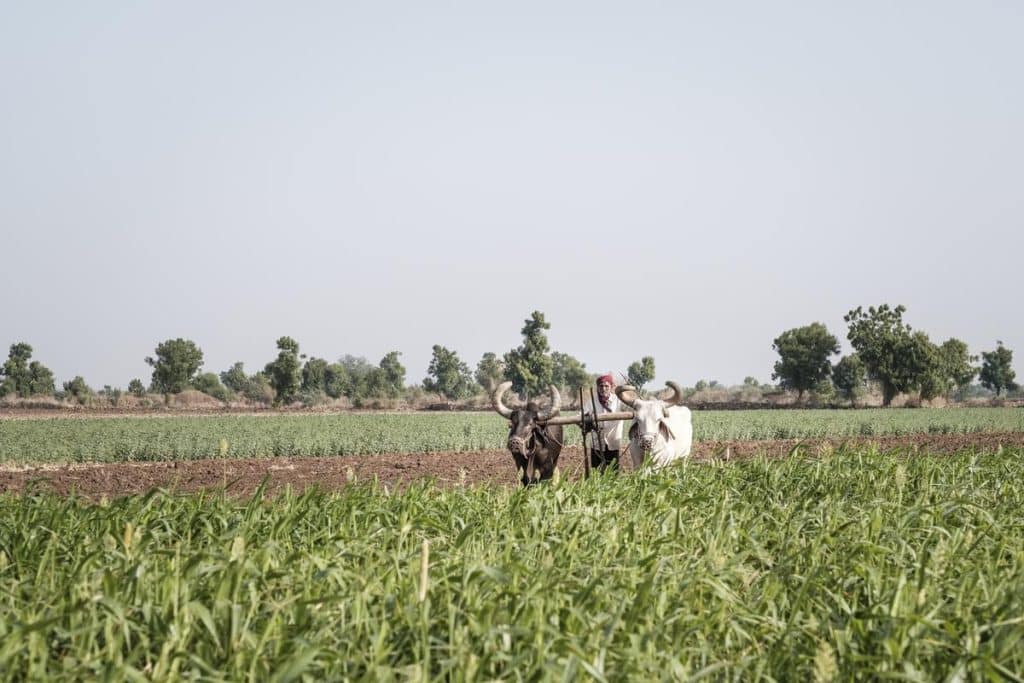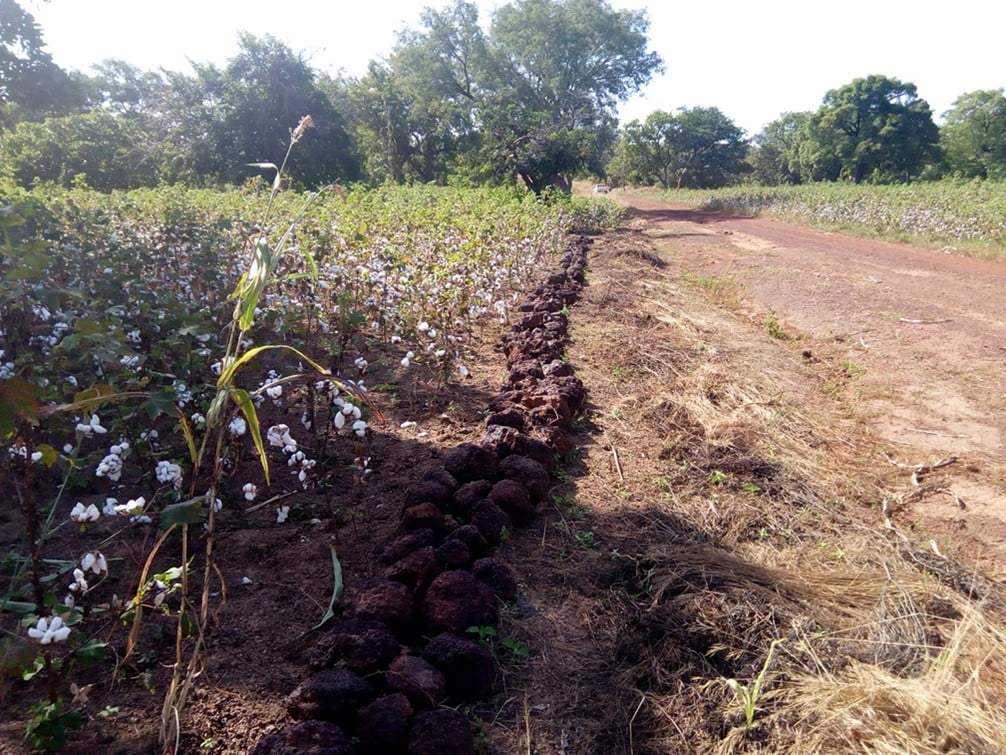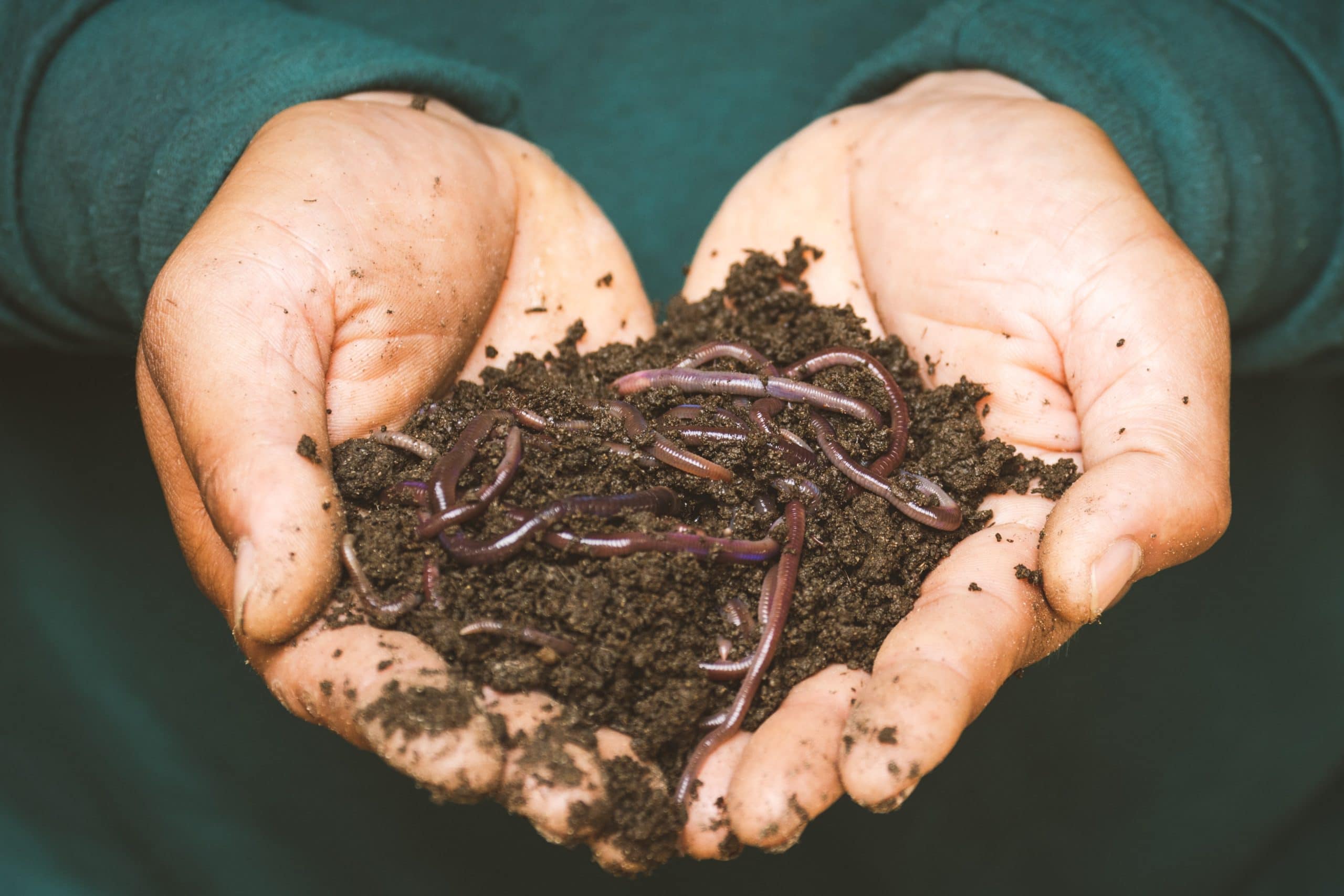
By Alan McClay, CEO, Better Cotton. This opinion piece was first published by Reuters Events on 9 March 2022.
Irreversible ecosystem collapse is looming. If nothing is done to stop it, farming systems face a potentially catastrophic future, with severe implications for society the world over.
This isn’t hyperbole. It’s the verdict of hundreds of the world’s leading climate scientists, as recently expressed in the Intergovernmental Panel on Climate Change’s (IPCC) latest report. The writing is already on the wall. According to the United Nations Food and Agriculture Organization (FAO), over one third of the world’s soils are already degraded due to erosion, salinisation, compacting, acidification and chemical pollution. The result? An absence of the diversity of life that is integral to nourishing plants and crops.
The core idea of regenerative agriculture is that farming can give back to, rather than take from, the soil and society.


As every farmer knows, healthy soil is the foundation of productive agriculture. Not only does it help cycle nutrients and filter water, it helps increase resilience to climate change by returning carbon to the ground. Cue the new buzzword on the block, “regenerative agriculture”. From one day to the next, the phrase seems to be everywhere, from the mouths of climate advocates to the speeches of leading politicians. Not since the “Green Revolution” of the 1950s has a farming-related buzzword gathered so much pace so quickly. As ever, critics have not been slow in coming forward. Their arguments follow conventional lines. Some say the term lacks rigour – “regenerative”, “organic”, “sustainable”, “carbon-smart”, all spawn from the same woolly basket. Others maintain that it’s an old idea rehashed in modern clothing. What were the earliest agriculturalists of the Fertile Crescent if not regenerative farmers?
Such criticisms hide more than a little truth. The term regenerative agriculture can certainly mean different things to different people. And, yes, it does embrace concepts such as reduced tilling, crop rotation and cover crops that, in some cases, go back millennia. But to gripe about terminology is to miss the point. For one, the vagaries of definition are not nearly as great or problematic as some like to claim. The core idea of regenerative agriculture – namely, that farming can give back to, rather than take from, the soil and society – is hardly controversial.
Fuzzy terminology can confuse consumers and, worse still, facilitate greenwashing.
Secondly, farming techniques vary enormously, meaning specific methodologies are always going to be hard to pin down. Practices pursued by farmers in west Africa, where the soil is notoriously infertile, for instance, will be different from those adopted in India, where pests and erratic weather are chief concerns.
Thirdly, lack of complete consensus doesn’t necessarily lead to a complete lack of action. Take the U.N.’s Sustainable Development Goals; the specifics of each goal may not please everyone, but they please people enough to amass a huge amount of collective energy.
In a similar vein, fresh terms can refresh our thinking. A decade ago, conversations about soil health and crop yields tended heavily towards the technical. A little less fertiliser here, a little more fallow time there. Today, with talk of regenerative agriculture increasingly widespread, extractivist agriculture itself is now on the table for debate.
Of course, clear definitions are important. In their absence, misunderstandings can arise in practice that slow or even undermine the transition to more sustainable farming. Likewise, fuzzy terminology can confuse consumers and, worse still, facilitate greenwashing. In this regard, Textile Exchange’s recently published Landscape Analysis of regenerative agriculture marks a valuable and timely contribution. Built through dialogue at all levels of the farming community, it establishes an important set of basic principles that all major players can get behind.
We especially welcome the report’s acknowledgement of benefits beyond carbon storage and emission reductions – important as both certainly are. Regenerative agriculture is not a one-trick pony. Improvements to soil health, habitat protection and water systems are just some of the other ancillary environmental benefits it delivers.
We see the fact of regenerative agriculture now being on everyone’s lips as a huge positive.
Likewise, as an organisation committed to improving the livelihoods of millions of cotton producers, the emphasis on social outcomes is also to be applauded. As critical actors in the agricultural system, the voices of farmers and workers are fundamental to deciding how regenerative farming is framed and what outcomes it should aim for.
To reiterate, we see the fact of regenerative agriculture now being on everyone’s lips as a huge positive. Not only is the unsustainability of today’s intensive, input-heavy farming increasingly well understood, so too is the contribution that regenerative models can make to turning this around. The challenge going forward is to turn growing awareness into on-the-ground action. The issues that regenerative farming seek to address are urgent. At Better Cotton, we’re big believers in continuous improvement. Rule number one? Get out of the blocks and get started.
One key lesson we have learned over the last decade or so is that effective action won’t happen without an effective strategy to back it up. That’s why we encourage our participating field-level partners to establish a comprehensive soil management plan, spelling out tangible steps for improving soil biodiversity and preventing land degradation. Another crucial impetus to action is telling a convincing story. Farmers won’t transition from what they know on the basis of anecdotes and promises. Hard evidence is required. And, for that, investment in monitoring and data research is needed.
Fashions, by nature, move on. In the case of regenerative agriculture, expect definitions to be refined and approaches to be revised. As a basic concept of how we ought to farm, however, it is firmly here to stay. Neither the planet nor farmers can afford it otherwise.









































